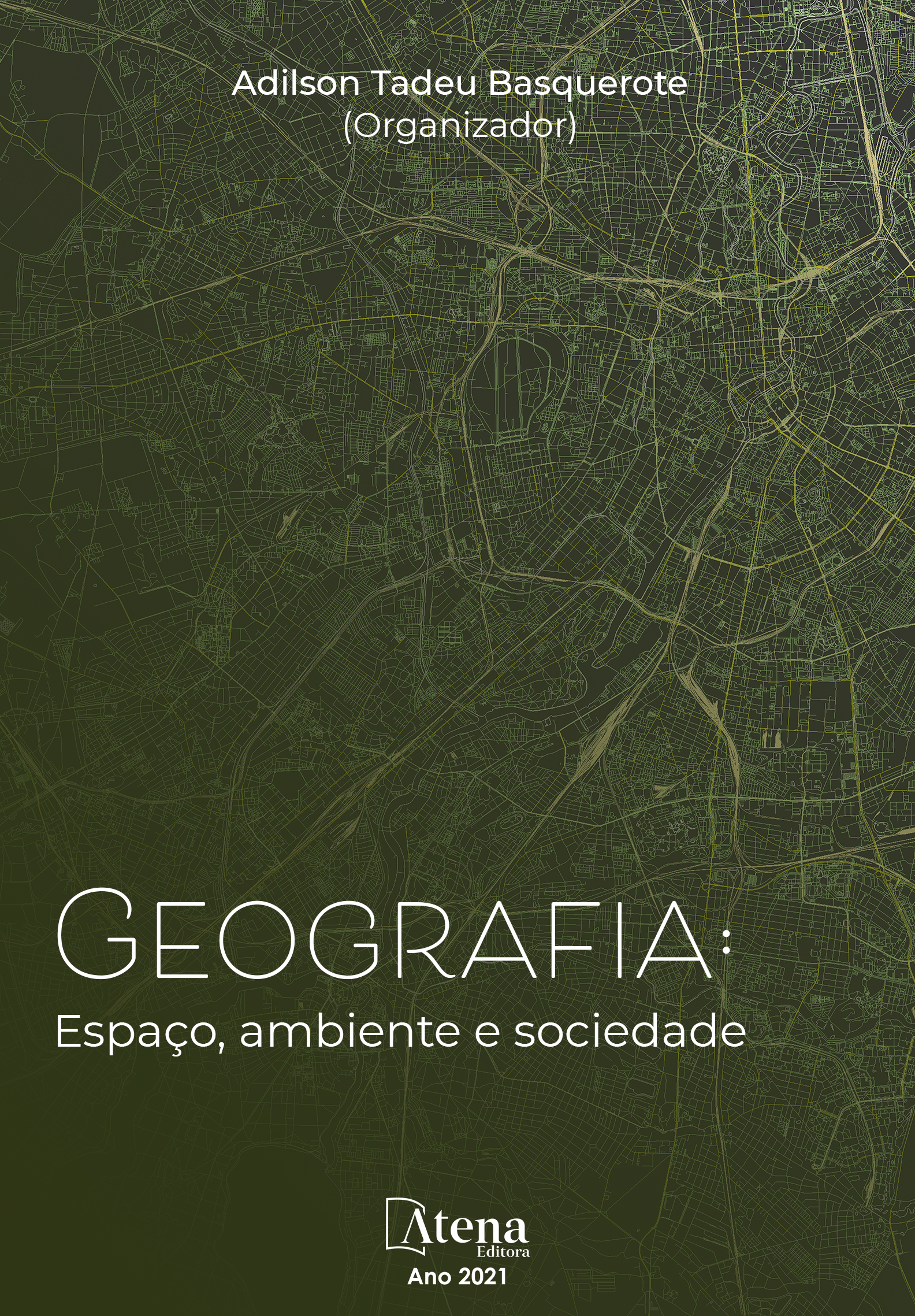
ZONIFICACIÓN Y ORDENAMIENTO TURÍSTICO DEL CANTÓN ZAMORA- ECUADOR
La adecuada planificación del uso del espacio físico en los destinos es un factor clave para prevenir conflictos de uso entre los actores involucrados en el desarrollo de las actividades turísticas y recreativas; más aún, cuando de por medio existen recursos naturales y culturales que merecen especial atención, cuidado y potencialización.
Este trabajo investigativo examina las potencialidades turísticas del cantón Zamora mediante aplicaciones metodológicas. Con la participación de actores locales se identifican tres zonas turísticas, se proponen cinco programas y quince proyectos que aportarán al desarrollo turístico sostenible del cantón Zamora. Esta propuesta se basa en la acción participativa y articula a todos los actores con una visión de desarrollo integral. Por otra parte, los resultados muestran la factibilidad de implementar dos nuevas rutas turísticas basadas en las características y potencialidades existentes en dos de las tres zonas identificadas, de tal modo que se dinamice la oferta turística del cantón.
En tal virtud, la propuesta “Ordenamiento del desarrollo turístico del cantón Zamora”, es una herramienta viable para el desarrollo turístico sostenible del sector y contribuye al desarrollo integral de la población.
ZONIFICACIÓN Y ORDENAMIENTO TURÍSTICO DEL CANTÓN ZAMORA- ECUADOR
-
DOI: 10.22533/at.ed.84721141210
-
Palavras-chave: zonificación, ordenamiento, estrategias, turismo, Zamora-Ecuador.
-
Keywords: zoning, planning, strategies, tourism, Zamora-Ecuador.
-
Abstract:
Proper planning of the use of physical space in the destinations is a key factor to prevent conflicts of use between the actors involved in the development of tourism and recreational activities; Moreover, when there are natural and cultural resources that deserve special attention, care and empowerment.
This research paper examines the tourism potential of the Zamora canton, using qualitative methodologies, such as: participatory action, focus group and direct observation. With the participation of local people, we defined three tourist areas, five programs and fifteen projects that will contribute to the development of sustainable tourism in the Zamora canton. This proposal is based on participatory action and includes all the people involved by means of a comprehensive development approach. On the other hand, the results show the feasibility of implementing two new tourist routes based on the existing characteristics and potentials in two of the three identified areas, in such a way that the tourist offer of the canton is boosted. Being a support tool for the sustainable tourism development in the sector and contribution to the population comprehensive development.
-
Número de páginas: 15
- María Gabriela Suasnavas Rodríguez


